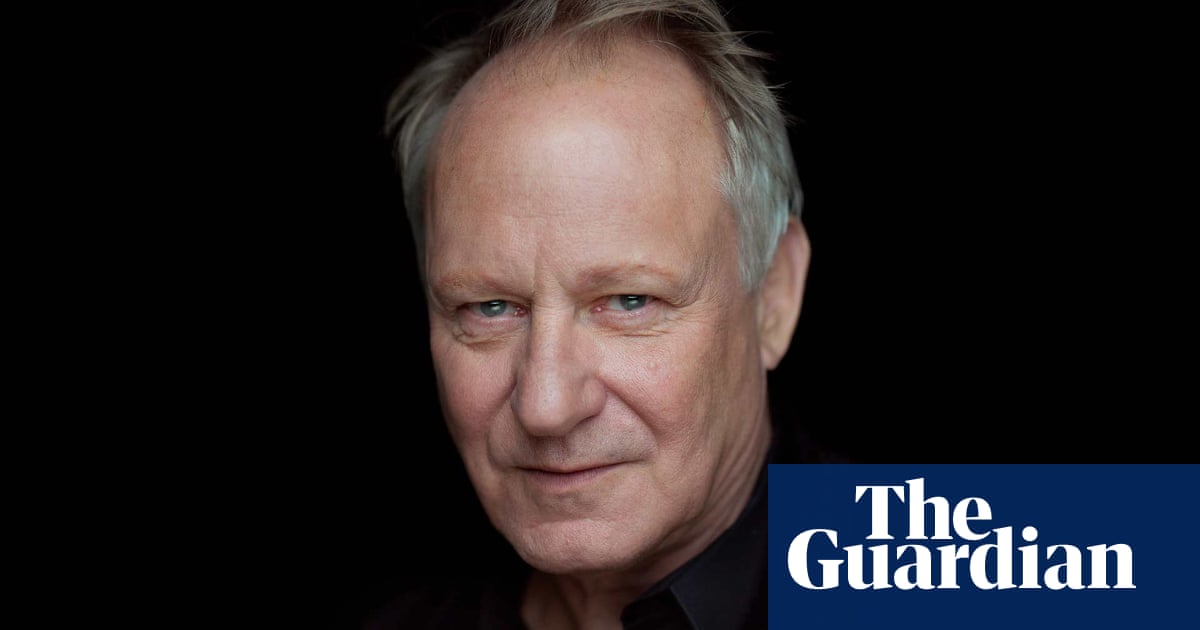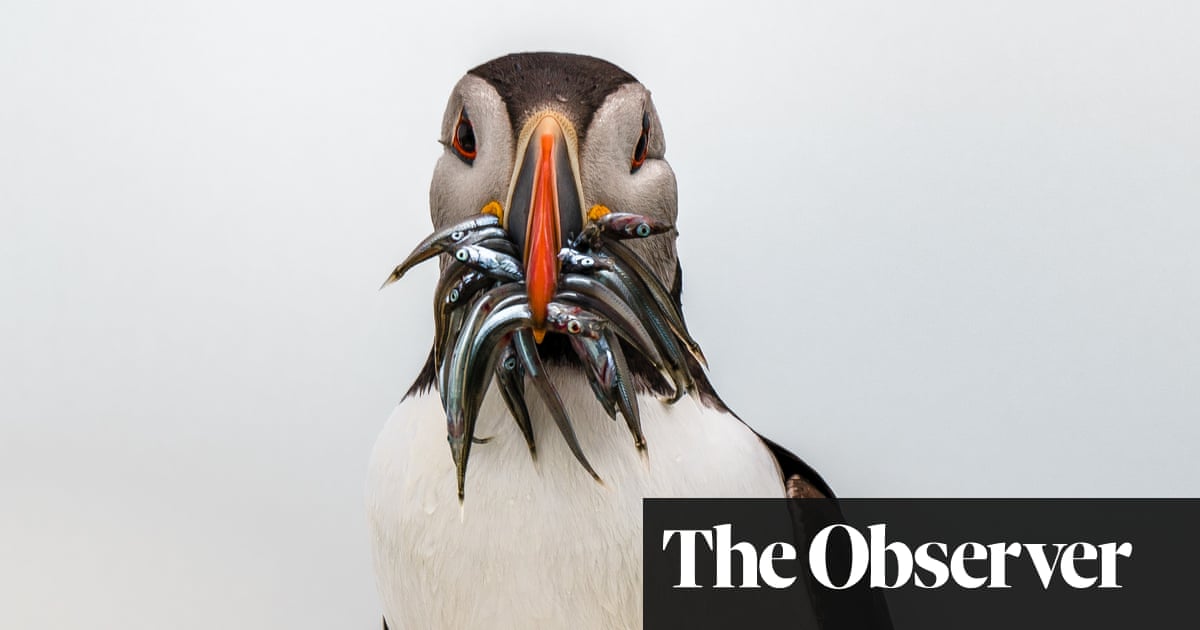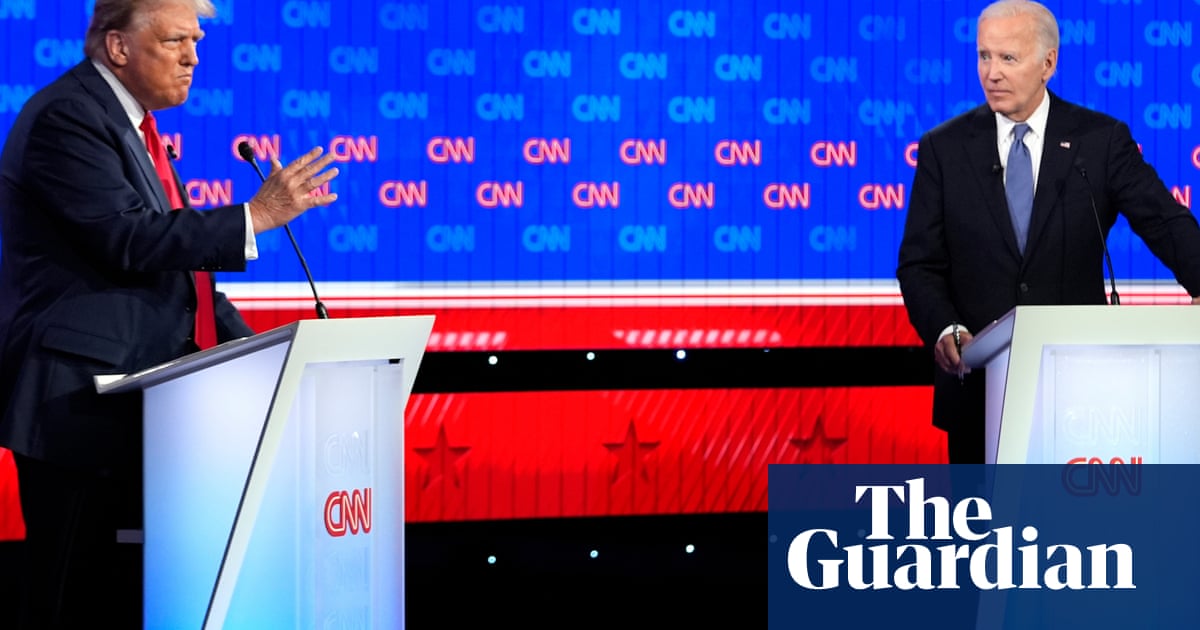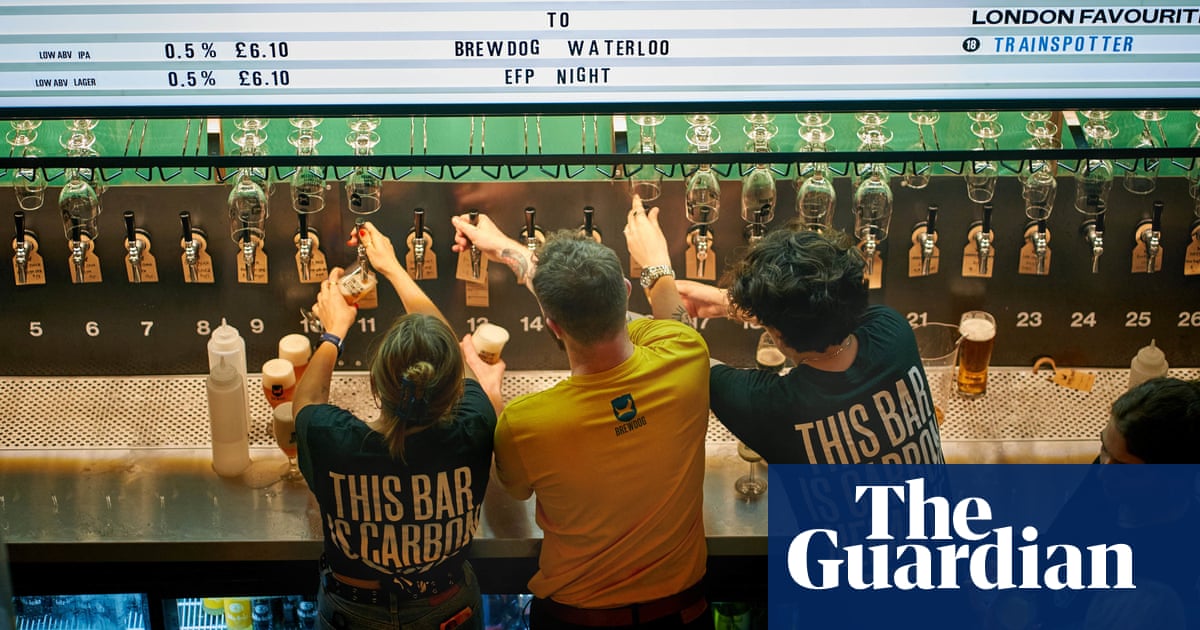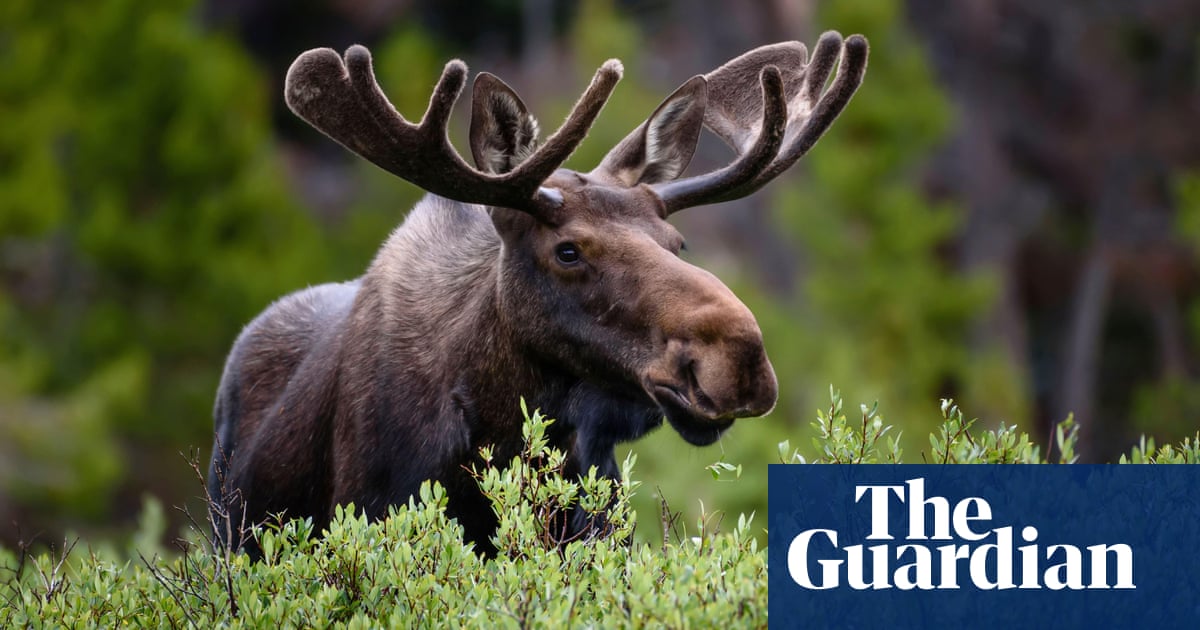Stellan SkarsgÃ¥rd is speaking to me from his cabin, outside Stockholm, and why shouldnât he look relaxed and happy, in those clement, sun-dappled surrounds? But it is so disconcerting. His performance in What Remains, as a battle-scarred police officer, trying to keep hold of his family, his bearings and his scepticism in the face of a criminological modernity that puzzles him, joins a body of knotty work that UK audiences would probably date back to Breaking the Waves, Lars von Trierâs 1996 classic. His smallest facial gesture speaks fathomless emotion. I am a huge Mamma Mia! fan â in which he plays Bill Anderson â so I have seen SkarsgÃ¥rd smile, but even then, not all the time.
What Remains is based, loosely, on a famous case in Sweden: it was the 90s, and the so-called âretrieved memoryâ technique was huge, even though in the US, where it was developed, it had already been disallowed as reliable evidence. âAll psychologists in Sweden were using retrieved memory at the same time, a lot of men were put in jail for violating their children,â SkarsgÃ¥rd says. âItâs really the fabrication of memory. It was very optimistic, to think you can just open up the memory and look at it. Every divorce youâve been through, youâll know, the truth isnât exactly as everybody says.â
This came to a head in the 90s, with the case of Mads Lake, the long-term resident of a psychiatric hospital, who has definitely been abused as a child and has himself âcommitted offences against children, we donât know if heâs raped one, but itâs a terrible messâ, says SkarsgÃ¥rd. Told in austere but beautiful landscapes, bleak Formica interiors, freighted pauses and this small cast, chasing one another towards an impossible certainty, the film is exquisitely disorienting. A folie à deux between Mads and the psychologist Anna Rudebeck (played with quiet intensity by Andrea Riseborough) led Lake, Rudebeck and SkarsgÃ¥rdâs policeman, Soren Rank, to near certainty that Lake was, in fact, Swedenâs first serial killer.
Lake is played by SkarsgÃ¥rdâs son Gustaf, one of four acting sons including Alexander and Bill (Stellan has eight children in total). Gustaf shares the SkarsgÃ¥rd magnetism but is emphatically not playing this for charisma: greasy, furtive and confused, his distress comes powerfully off the screen.
âIâm full of happiness watching him work,â SkarsgÃ¥rd says of his son, âbecause heâs so good. I donât see him suffering, I know he enjoys it. Weâre actors, for fuckâs sake.â The family is very close: âThereâs a certain competition between my sons, but not in the sense that they donât appreciate each otherâs success or have any grudge against each other.â They all live within five minutes of each other in Stockholm, like Swedish arthouse Waltons. It wasnât deliberate, he says, raising so many actors. âI didnât care what they became when they grew up, they could do anything. But obviously they saw that I had fun doing the acting stuff, so they became actors. Theyâre all very different. I am amazed how different they can be from each other, having the same parents. Well, some of them have the same parents.â
What Remains was written by Everett-SkarsgÃ¥rd, and she and the director, Ran Huang, had Gustaf in mind before they cast Stellan. âI couldnât not be involved, because it was in my home. My wife was writing it and she was tearing her hair out all the time. I donât usually mix my private life with my professional life. You can get very tied up, and eventually it starts conflicts that you canât handle. But I couldnât say no to working with that dark material, and with Gustaf.â
If the case gripped Sweden in the 90s, it was partly because the country had never had a serial killer, which will come as news to fans of Scandi noir. The main thing I know about the land block, from its cultural exports, is how incredibly good, and experienced, its fictional detectives are, particularly at finding serial killers. âAnd we donât have one! We still havenât had a serial killer. So we donât know what it is,â SkarsgÃ¥rd says.
âThe Scandi noir thing is pretty silly, I must say,â he adds. âI did one of the first Scandi noir films, Insomnia â it didnât have that label at the time. Marketers, they want to label everything.â While he has done a number of crime stories, he says: âThis is only my second policeman. The first one was in River. I donât like police series, but Abi Morgan had written such a beautiful script, it was not about police work, it was about human beings. And I also said: I canât say the police lines. Youâve got to have someone else say them.â Wait, what? âYou know, âDownload the CCTVâ, âCheck his bank accountsâ, all that stuff. I canât say things like that without laughing.â
In real life, Sweden is a low-crime nation of peace lovers, or at least, it was. âIt is changing, thatâs the sad thing,â he says. âWe used to be seen as a very wealthy country with very happy people. And, of course, a neutral country. But now weâre a member of Nato, we have doubled our arms budget. Like all of Europe. Everybodyâs screaming to kill, kill, kill.â He continues: âEverybody is so excited now, by war. Theyâre showing the prime minister of Denmark and the prime minister of Sweden, and theyâre sitting in fighting planes, and theyâre showing off the latest submarine, and their pride in the Swedish rocket gun. Thereâs a pride in weapons that we were once ashamed of before.â
If this feels like a swerve, from the dark and contemplative What Remains, to Nato and the perils of the future, itâs not surprising to SkarsgÃ¥rd, for whom it is obvious that art should be âthe place for refugees, the dropouts, the insane people, the homosexuals. We have to defend our outsider values.â
That has been a constant thread in SkarsgÃ¥rdâs career, risk-taking and rebellion, which he ventriloquises through Von Trier, and Breaking the Waves. âI felt that Lars was a very radical man. He said, I know what films Iâm making now. Iâm making the films that havenât been made. I felt excited. It was dangerous and shocking in so many ways. And you didnât think you could make films like that any more. Or, ever. He is truly original, he canât do anything normal.â
But you wouldnât call SkarsgÃ¥rd an intellectual purist â thereâs plenty of Pirates of the Caribbean in his long career, as well as Marvel films and The Girl with the Dragon Tattoo â and he insists on the profundity of having a laugh, as was the case on Mamma Mia!. âAs soon as I gave up any ambition for my singing and dancing, I realised the story: the quality was not the story; the script was not the story; it was that you saw a lot of actors having fun together, and it was very contagious.â
âAs an actor,â SkarsgÃ¥rd says, âyouâre donât create your own art, youâre a reproductive artist, in a way. But I feel very zen about it. Iâve not been too pretentious about my arthouse films. I enjoy them, I think theyâre delicious. Iâm approaching my death now,â he says, cheerfully. âThereâs a limit to the number of roles Iâll get, limited time. I want to continue doing what Iâve done, making the things that havenât been made.â
